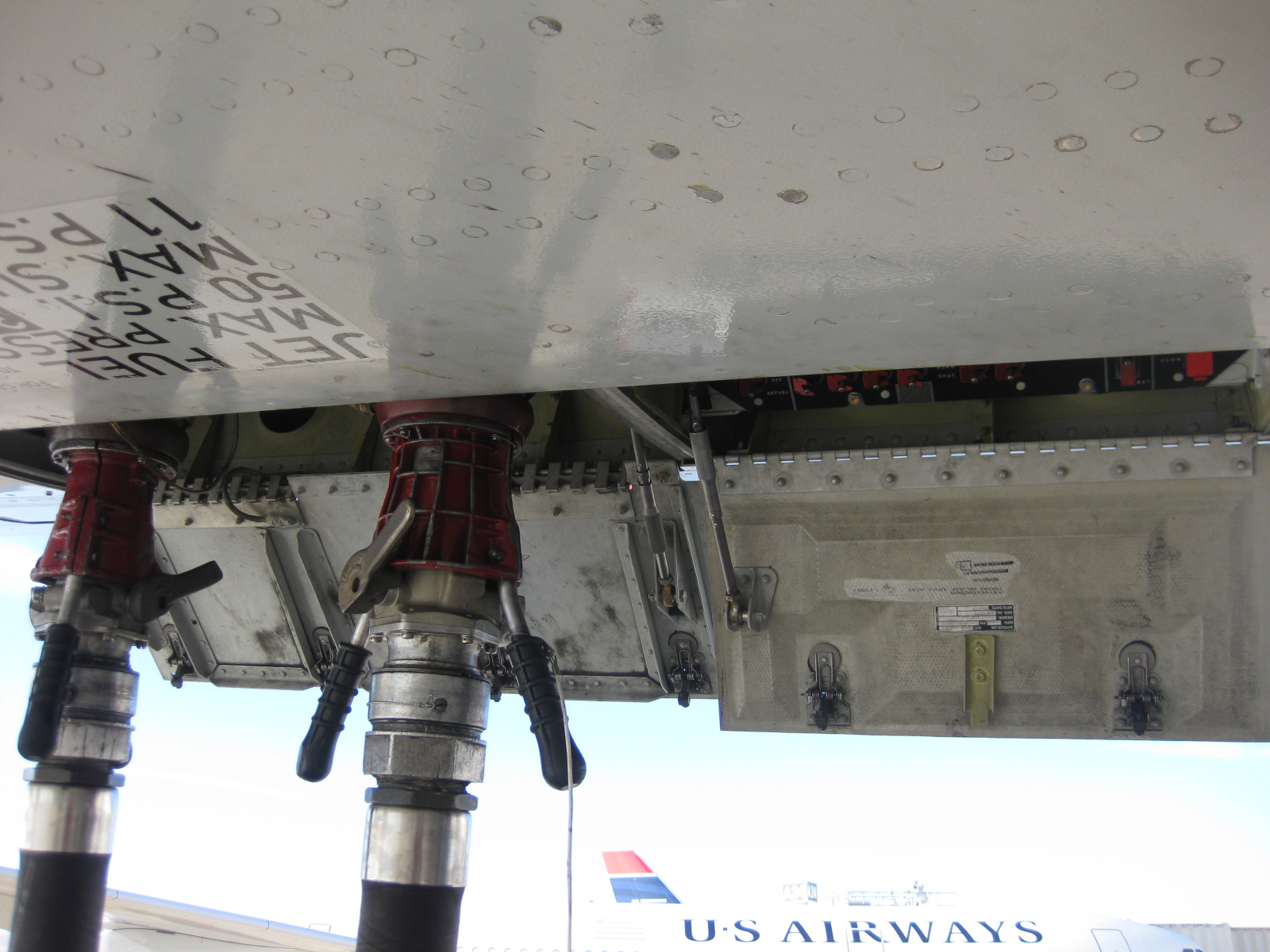The increasing cost of air ambulance service has been a major concern in the United States. The medical flight industry, however, has always maintained that the input costs for their service has steadily risen, which compels them to charge higher. Aviation fuel is among the major money guzzlers for the service providers but this is not something that can be controlled. However, the other aspect of fuel cost – fuel efficiency – can be controlled to a very large extent if the right approach is adopted, especially if it provides actionable insights. Technology is the enabler that can make this happen.
Analytics for Air Ambulance
Every air ambulance is expected to carry a certain amount of contingency fuel. This is done to meet any eventuality that might require the flight to be on air for a longer period of time. Adverse weather conditions are the most unpredictable of such eventualities. It necessitates the flight to change its altitude and also compels it to deviate from its usual flight route, both of which can drain the fuel heavily and hence the need to carry extra fuel. Analytics can bring down this uncertainty to a huge extent. Gathering flight data from other air ambulance services and analysing it in totality, technology-driven analytical algorithms can predict the actual amount of fuel needed.
Analytics in Real Time is Useful
The best and the most reliable data can only be gleaned through medical flights that are on the air and in the same route. Combining wireless and cloud technology, an air ambulance can get data pertaining to weather conditions in real time and cut down the need to carry contingency fuel. Better flight routes too can be charted well in advance.
Most importantly, by negating or at least reducing the need to carry extra fuel, the air ambulance becomes lighter and demands lesser fuel burn to reach the destination.


